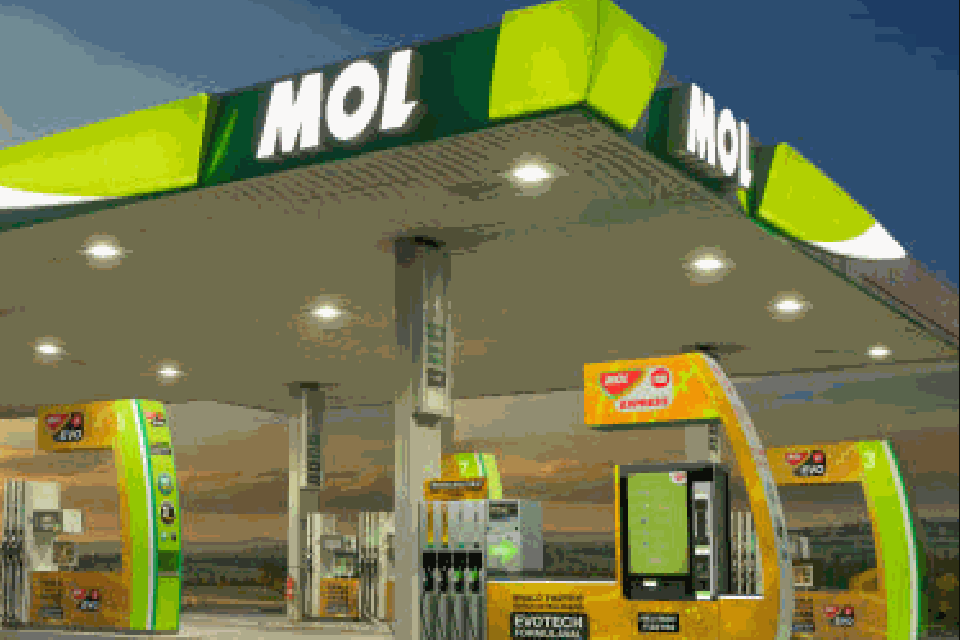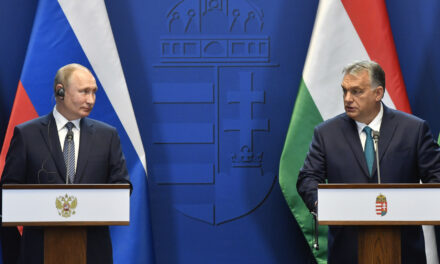By the middle of April, the margin between Brent and Ural-type oil widened further, and this means an even more favorable environment than before for MOL's refineries, most of which use the cheaper Russian-type oil, Világgazdaság reports.
Based on the data of the Finnish sector partner Neste, the price difference is already 35 dollars per barrel, which is how much the Russian Ural costs less than the North Sea Brent. Compared to mid-March, the exchange rate of the two types of oil increased by another five dollars as a result of the Russian-Ukrainian war.
Tamás Pletser, the oil and gas industry analyst of Erste Befektetési Zrt., told the newspaper:
"The current exchange rate difference can mean HUF 3.5 billion per day to MOL."
In addition, the company's profitability is greatly improved by the fact that diesel margins have skyrocketed due to the strong diesel demand. It is largely due to these that MOL was able to report a 10-fold increase in refining margin of $33.7 per barrel in March.
All of this is also interesting in light of the fact that the negative impact of the Hungarian retail and wholesale fuel price cap is still estimated by the expert to be around HUF one billion per day at most.
In other words, the losses resulting from official price regulation are always amply offset by the profits achieved on increasingly cheaper Russian oil.
However, Tamás Pletser does not expect the price difference to widen further, not least because the curtailment of Russian production will reduce the supply, and Russia is expected to find a market for the existing stocks. At the same time, the expert does not expect the return of the pre-war difference, typically 2-3 dollars, in the short term, so a favorable situation for MOL may still remain for some time.
Source: Magyar Hírlap
Image: Mol.hu












